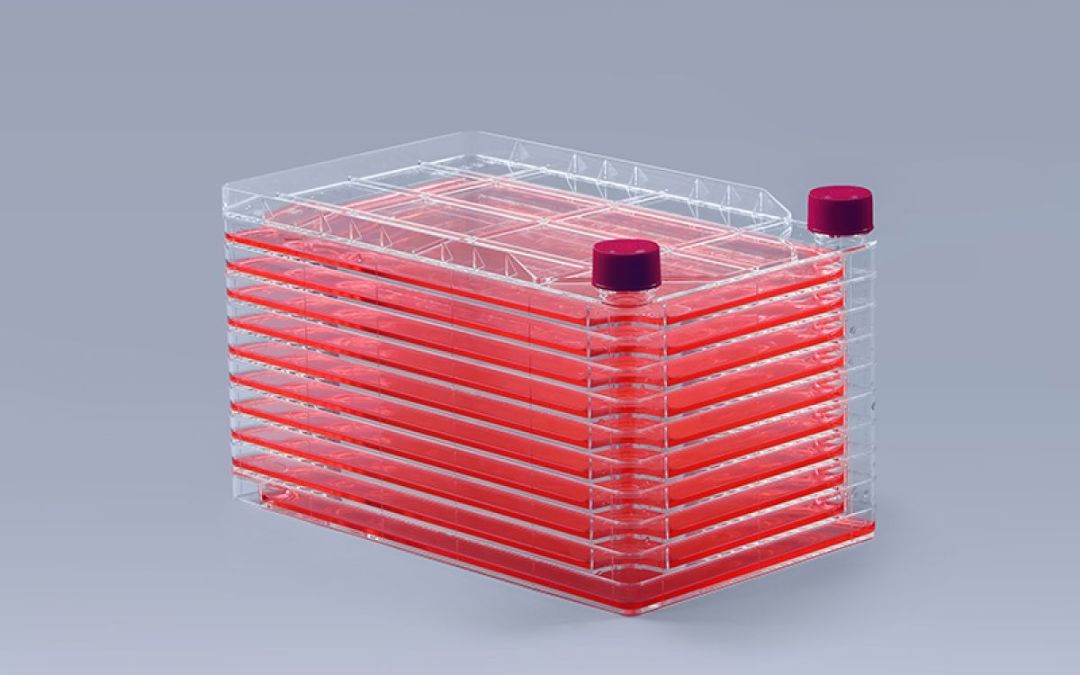In modern biopharmaceutical production, the cell factory has become the core system for large-scale cell culture. Whether for vaccine production, monoclonal antibody manufacturing, or viral vector preparation in cell and gene therapy, stable and reproducible cell growth is the foundation of success. The design and implementation of cell factory systems are what make this stability possible.
In modern biopharmaceutical production, the cell factory has become the core system for large-scale cell culture. Whether for vaccine production, monoclonal antibody manufacturing, or viral vector preparation in cell and gene therapy, stable and reproducible cell growth is the foundation of success. The design and implementation of Multilayer Cell Factory systems are what make this stability possible.
1. Consistency Through Control and Standardization
Traditional culture systems, such as flasks or shakers, often lead to variability due to manual handling. Cell factories, with their standardized multilayer structure and controlled gas–liquid exchange, ensure that each layer of cells receives uniform nutrients and oxygen. This structural uniformity enhances batch-to-batch reproducibility and process control.
2. Closed Systems for Contamination Prevention
To meet strict biosafety standards, modern cell factories are often equipped with tubing assemblies that allow media exchange, harvesting, and filling in a closed system. This design minimizes contamination risk, aligns with GMP requirements, and is particularly valuable in vaccine and viral vector production.
3. Balancing Space and Productivity
Compared with traditional flasks, a multilayer cell factory provides a much larger growth area within the same footprint. For instance, a 40-layer system offers the equivalent surface area of hundreds of T175 flasks. This high-density culture improves space utilization and reduces manual labor, supporting more efficient production processes.
4. Integration Across the Bioprocess
Cell factories serve not only as culture vessels but also as integral components in automated bioprocessing. They can be connected to media preparation, filling, and harvesting systems, creating a fully integrated workflow from inoculation to harvest. Such integration is increasingly critical in fields like cell therapy and vaccine manufacturing.
5. Toward Intelligent and Continuous Biomanufacturing
The next generation of cell factories will feature real-time monitoring of cell density, metabolites, and pH, allowing automatic adjustments to maintain optimal growth conditions. This shift toward smart, continuous manufacturing enhances both productivity and quality assurance.
From culture initiation to final harvest, the cell factory has transformed how we produce biological products—making the process more efficient, consistent, and secure. It stands as a cornerstone of modern biomanufacturing.




